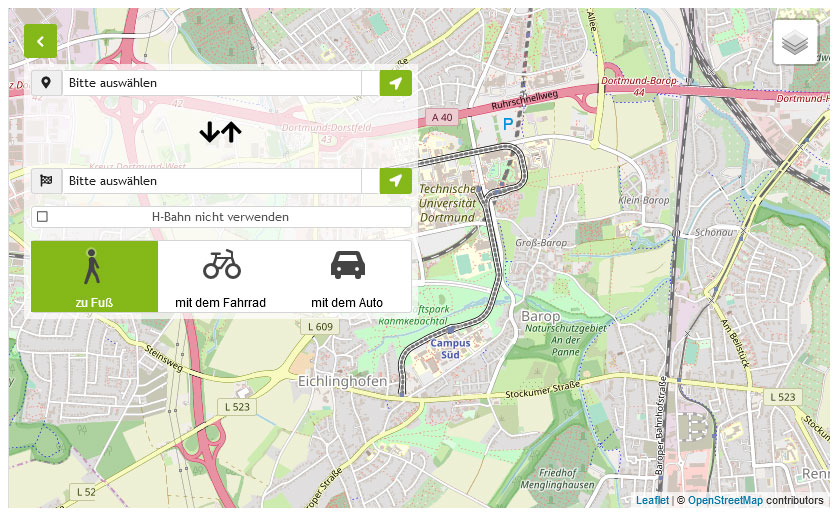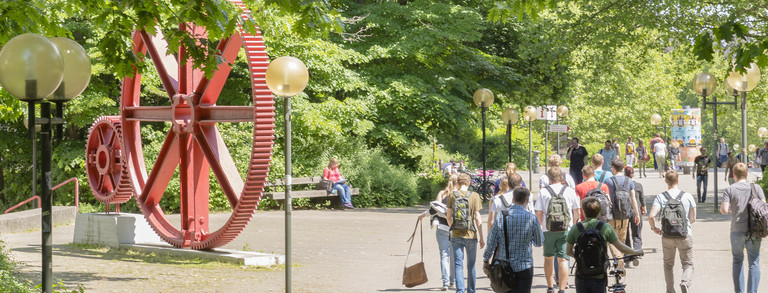P4: SecProt-InterAna
Statistical analysis of RNA-seq data from intrinsically and extrinsically aged cells
In project P4 (Statistical analysis of RNA-seq data from intrinsically and extrinsically aged cells), RNA-seq analysis is performed to compare intrinsic and extrinsic human skin fibroblasts and to investigate the effect of bioactive molecules on extrinsic skin fibroblasts.
The intrinsic and extrinsic aging in the skin is influenced by genetic and environmental factors, respectively. In order to investigate whether these two types of aging develop independently or if they influence each other, proteome and secretome data from intrinsically and extrinsically aged skin fibroblasts of the same individuals belonging to different age groups are considered and statistically analysed in project P4 in the first phase of the RTG.
A problem of the comparison of intrinsic and extrinsic aging is that the entire human skin ages intrinsically so that the protein data from environmentally exposed skin does not only measure the extrinsic aging, but a mixture of intrinsic and extrinsic aging of the skin. Therefore, in the first phase of the RTG, we developed a nonparametric deconvolution method that allows extracting the density of the pure extrinsic signal from the combined intrinsic and extrinsic signal (Anarat et al., 2024, manuscript in preparation). This method not only outperforms other similar deconvolution procedures in most situations for which these procedures were developed, but also solves a severe problem of deconvolution methods, namely that these procedures typically cannot deal well with (strongly) differing variances of the densities.
Having estimated the densities of the pure extrinsic signal in the skin of the study participants, e.g. for different pathways or gene ontology (GO) terms, these densities can be compared between the age groups to, e.g., identify pathways or GO terms, respectively, in which the extrinsic skin fibroblasts differ between the age groups. In this regard, analyses of the proteome and secretome data have revealed that in contrast to intrinsically aged skin cells, extrinsically aged skin cells show a mitochondrial phenotype (i.e. disturbed mitochondrial functions), which is already detectable in cells derived from young donors and then further aggravates with increasing age. In addition, the IUF was able to identify bioactive molecules that can improve mitochondrial functions in extrinsically aged fibroblasts.
In a next step, these observations (which are based on proteome and secretome data) will be extended and corroborated by additionally analysing transcriptome data. For this, the IUF currently conducts RNA-seq experiments considering probands in the age of 25-35 years.
One goal is to compare the intrinsically and extrinsically aged skin fibroblasts using the transcriptome data from the RNA-seq experiments, and then, to contrast the results of this comparison with the results of the comparison based on the proteome and secretome data, respectively, from the young (18-25 years of age) and middle-aged (35-49 years of years) probands considered in the former study. Another goal is to investigate the effect of the previously identified bioactive molecules on the extrinsically aged skin fibroblasts, and in particular, to assess whether the extrinsic phenotype can be improved towards the intrinsic phenotype by applying these bioactives.
To achieve these goals, our new nonparametric deconvolution method will be adapted to the analysis of the RNA-seq data to extract the pure extrinsic signal from RNA-seq data of the environmentally exposed skin fibroblasts. The results of the applications of this method to RNA-seq data will be compared with other (nonparametric) deconvolution procedures. One considered method will be (an adaption of) the method proposed by Delaigle and Hall (2016) that does not require the specification of one of the two densities underlying the convoluted density (i.e., here, the specification of the estimated density of the intrinsic signal).
Afterwards, a procedure will be devised that enables the comparison of the estimated densities of the extrinsic signal from the untreated skin fibroblasts with the estimated densities of the intrinsic signal and the extrinsic signal of the fibroblasts treated with the bioactive molecules.
This procedure will be applied, e.g., pathway- or GO-term-wise to the RNA-seq data to identify pathways or GO terms in which the densities differ between the different types of fibroblasts or in which they are similar. The results of these applications will then, on the one hand, be compared with the results from the analysis of the proteome and secretome data, and on the other hand, be employed to evaluate for which subgroups of extrinsic fibroblasts the treatment with the bioactive molecules leads to an improvement of the environmentally exposed skin.
Referenzen
- Delaigle A, Hall P (2016). Methodology for non-parametric deconvolution when the error distribution is unknown. Journal of the Royal Statistical Society, Series B, 78, 231-52. doi: 10.1111/rssb.12109




